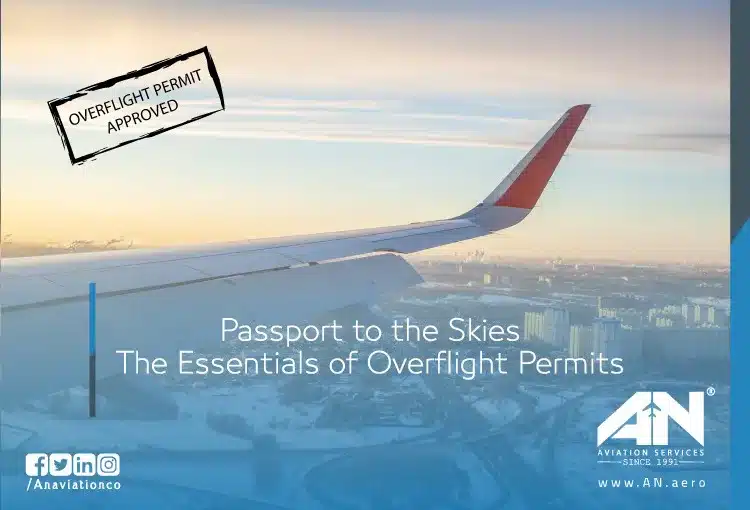
International aviation is a vast and intricate network where compliance with regulations is key to smooth operations. At the heart of global air travel lies the overflight permit – a fundamental requirement for traversing another country’s airspace. Without this “passport to the skies,” flights would encounter unnecessary delays, additional costs, and operational hurdles. In this blog, we’ll explore the essentials of overflight permits, their purpose, and how they streamline air travel.
What Is an Overflight Permit?
Simply put, an overflight permit grants an aircraft the legal right to fly through a country’s airspace without landing. Governed by international agreements, these permits are regulated by civil aviation authorities (CAAs) of individual nations. They ensure that aircraft operators comply with local regulations while paying necessary navigation fees for utilizing the airspace.
For instance, flights crossing borders between continents, like those connecting Europe and Asia, often require multiple overflight permits to proceed without interruptions.
Why Are Overflight Permits Necessary?
Overflight permits are more than bureaucratic necessities – they’re tools of coordination and safety. Here’s why they’re essential:
- Airspace Sovereignty: Each nation has complete control over its airspace. Overflight permits respect this sovereignty by allowing aircraft to pass legally and safely.
- Navigation Fees: Governments often charge air navigation fees for the use of their controlled airspace. These fees are part of the overflight permit process.
- Ensuring Compliance: Overflight permits ensure that pilots and airlines adhere to a country’s unique aviation regulations, such as restricted zones or altitude restrictions.
- Conflict Prevention: In heavily trafficked air corridors, permits play a critical role in preventing air traffic congestion and potential conflicts between nations.
The Overflight Permit Process
Obtaining an overflight permit involves a systematic process that requires careful planning and adherence to local regulations. Here’s how it typically works:
- Understanding Specific Requirements: Different countries have varying requirements for issuing overflight permits. While some nations demand detailed flight plans, others require less documentation.
- Submitting an Application: Airlines or private operators must apply for permits directly with civil aviation authorities or through third-party service providers.
- Navigation Fee Payments: Permit approval is often tied to navigation fees, which vary depending on the distance traveled through a country’s airspace and the aircraft type.
- Approval Timeline: While some permits can be issued within hours, others may take up to 48 hours, especially in cases of complex international routing.
Types of Overflight Permits
Overflight permits fall into two main categories, depending on the flight type and destination:
- Commercial Flights: Airlines conducting passenger or cargo operations must obtain permits in advance to avoid disruptions in their routes.
- Private and Charter Flights: These flights also require overflight permits, but the documentation and fees may vary based on the purpose of travel and the country being crossed.
Challenges in Overflight Permits
While overflight permits streamline air travel, they’re not without challenges. Some common obstacles include:
- Restricted Airspace: Military zones, sensitive installations, or areas in conflict often have strict overflight restrictions.
- Last-Minute Changes: Weather conditions or technical issues can lead to sudden changes in flight routes, requiring urgent permit amendments.
- Cost Considerations: Navigation fees for overflight permits can add significant costs, particularly for long-haul flights crossing multiple countries.
Streamlining the Permit Process with Expert Services
Navigating the complexities of overflight permits can be daunting, but professional flight support services simplify the process. These services handle:
- Permit Applications: Ensuring all documentation meets specific requirements for quick approvals.
- Compliance Checks: Verifying adherence to international and local regulations.
- Real-Time Updates: Providing updates on approvals and coordinating changes in routes.
These services ensure efficiency and help airlines and private operators focus on safe and timely operations.
Conclusion
Overflight permits are indispensable for the smooth functioning of international air travel. They bridge the gap between national regulations and the global aviation network, ensuring safety, compliance, and efficiency. Whether it’s a commercial airline, private jet, or cargo plane, understanding and securing overflight permits is vital for seamless operations across borders.
By relying on experienced support teams, operators can simplify the process, minimize delays, and focus on what matters most – providing a safe and reliable journey for passengers and goods.

